Virginia Tech Helmet Study Results Part 3 - Where Do We Go From Here?
So how do we make sense of it all? They key message following the release of the Virginia Tech Helmet Study is that the results are one data point in overall helmet safety, and that riders should use all available information to make an informed decision about the helmet they use. Dr. Barry Miller, one of the researchers, has specifically said that people should not be running out to buy a new helmet purely because of the VT results.
Finding all of the information in one place can be a challenge, so we’ve pulled it all together.
First, we've said from the beginning that certifications matter, so we've pulled together two views showing the VT results alongside the different certifications for each helmet. The grid on the left is ranked from top to bottom by the Virginia Tech STAR rating and the grid on the right is ranked by number of certifications. Please note that MIPS is considered a technology rather than a certification. (You can click on any image in this blog post to open a clearer image).
There has also been much question about the disparity in results between the VT study and the Folksam study. The test methodology was different between the two so again, this is an opportunity to use all of the available information in decision making. For details on the Folksam study, you can view their latest report here. Below, we've shown the Virginia Tech Results alongside the Folksam helmets that were tested. In 2021, only 13 helmets were tested in the Folksam study, with some of those not available in the US market and others not tested yet by Virginia Tech.
As is evident, each certification and study utilizes different methodologies, so in our opinion, the safest helmet is the one that has the best overall results and the most certifications. This means that a 3 STAR helmet in the Virginia Tech study might not be the absolute best in terms of concussion risk reduction, but if it has 3 other certifications that indicate strong protection agains crush and other impacts, it may be a better helmet overall.
Charles Owen put together a fantastic graphic to help visualize the different certifications and what capacities the tested helmets must surpass.
The decision as to which helmet to use is a deeply personal one, but as with all safety equipment, it should be an informed one. As technologies improve and testing evolves and increases, manufacturers will continue to build better helmets and consumers will have more information to keep themselves safe in the saddle.






